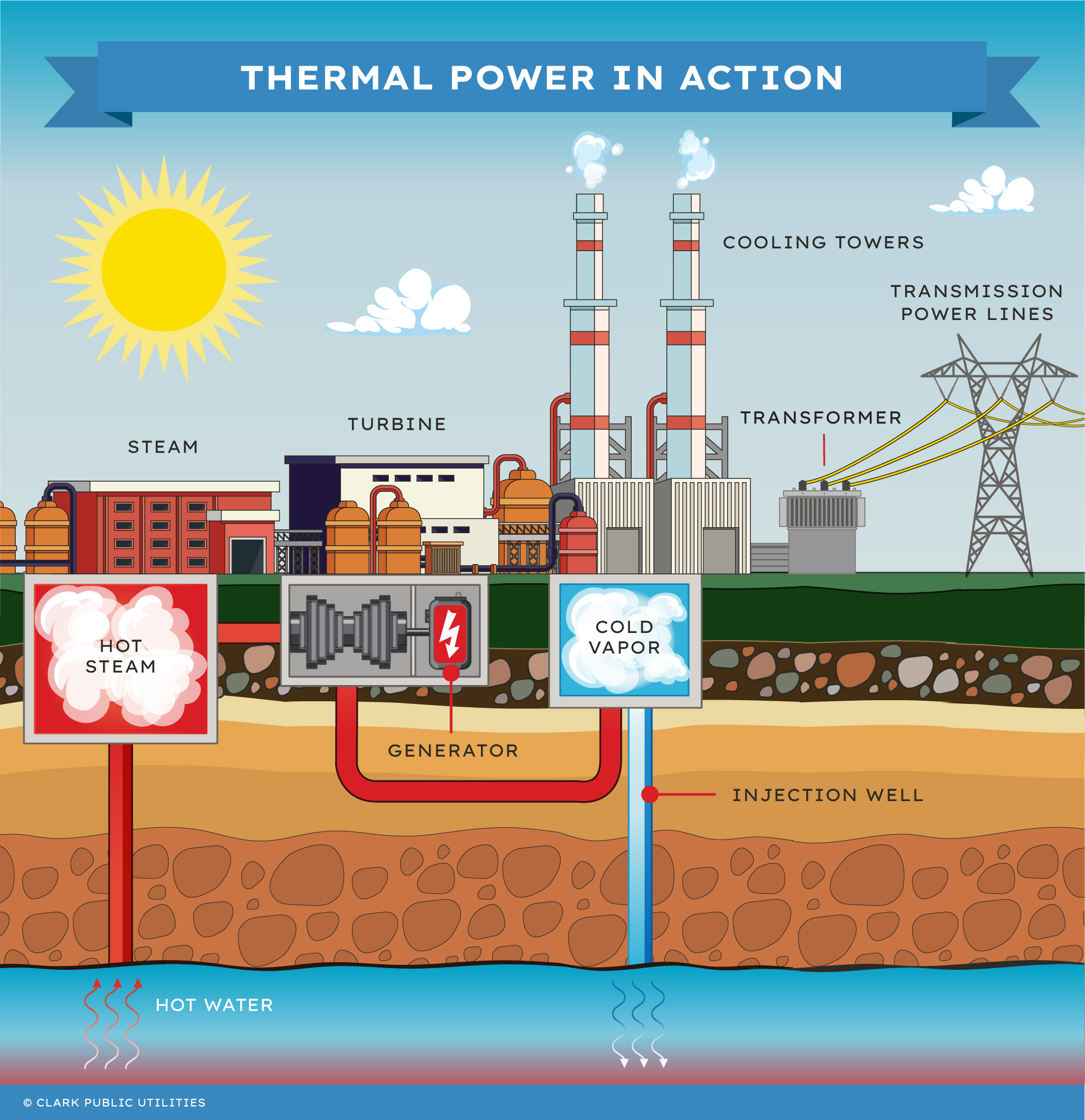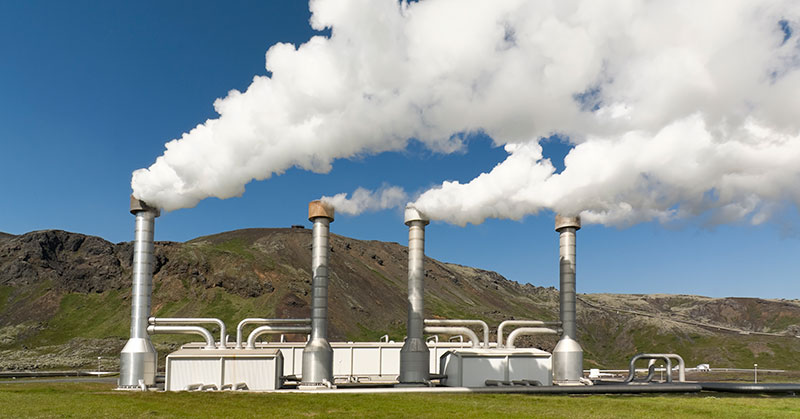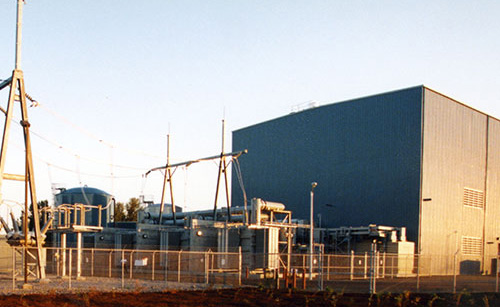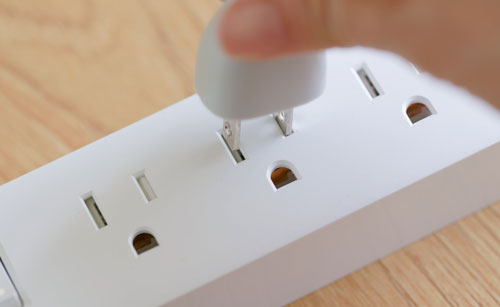It’s hard to believe but the Earth’s core is over 9,000 degrees Fahrenheit! When this heat finds its way up through the earth’s crust and meets rainwater as it seeps down, it can sometimes get contained under a cap rock, which prevents it from escaping quickly. When this happens, a geothermal reservoir forms.
It may sound like something from a science fiction movie but it’s an incredible way to create energy! Geysers and hot springs are indications of geothermal reservoirs. Yellowstone National Park is a great example of this type of energy!
Geothermal power uses heat from deep in the Earth to produce electricity
Drilling equipment, similar to that used in oil and gas, digs down over three miles to create a production well. Steam pushes up through the well, under its own pressure. The well leads the steam to a turbine, which spins a generator.
The higher the underground temperature, the more electricity can be produced. Water is then recirculated back into the underground reservoir to maintain water pressure.
Geothermal plants must be careful in how much heat they take out from underground. They also have to maintain water levels coming out as steam and going back into the reservoir. If too much is taken out and not returned, the reservoir could collapse.
The temperature and pressure underground determine which geothermal production method to use. The oldest method is called dry steam, where steam heated to at least 356 degrees Fahrenheit is removed from underground pockets and channeled directly into the plant’s turbine, which feeds the generator. The steam is then cooled and returned to the reservoir as water.
The most common method is flash steam. Hot water that is at least 356 degrees Fahrenheit comes up from the well into a separator tank. Here the pressure is lowered causing the water to flash into steam that drives the turbine, which feeds the generator. The remaining water is injected back into the ground.
When a water reservoir is not hot enough to be used as dry steam or flash steam then a binary steam system is used. The water is pulled from the reservoir and used to heat a liquid with a lower boiling point than water. This vapor then moves the turbine that feeds the generator.
The warm water is returned to the Earth but the low boiling point liquid is returned to the heat exchanger to be used again.







